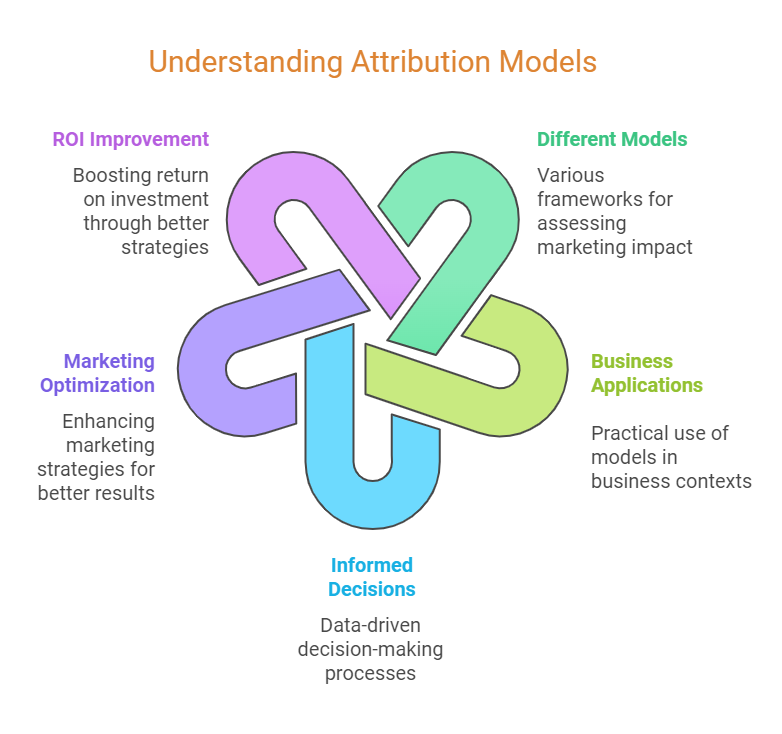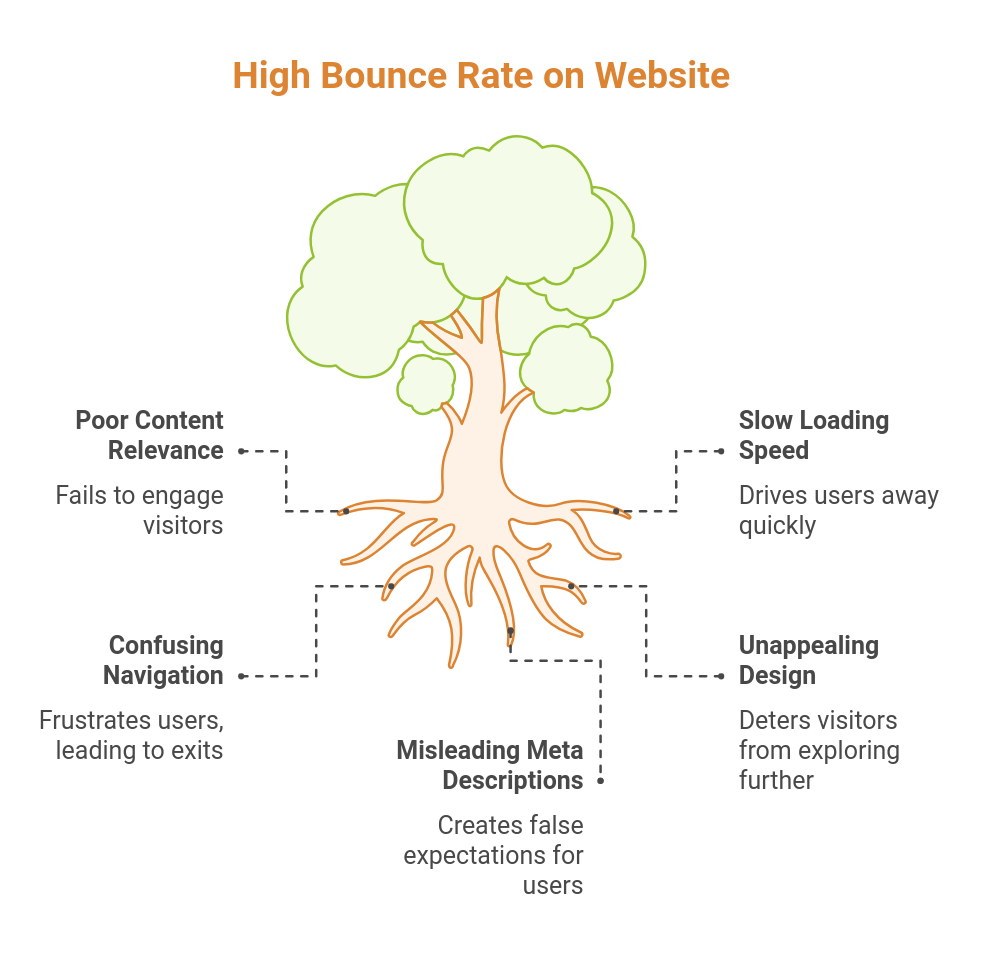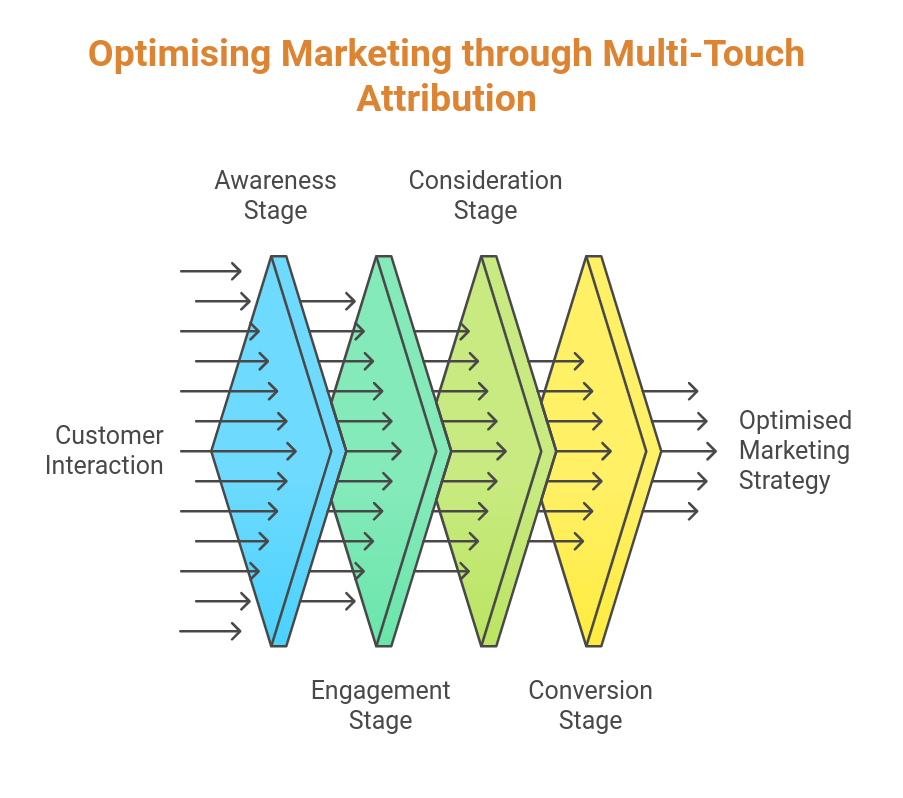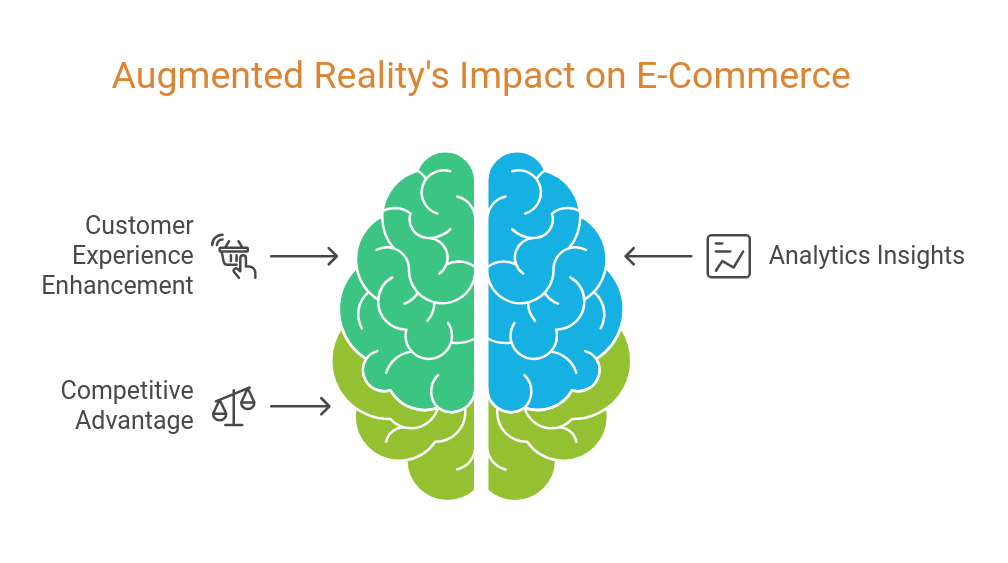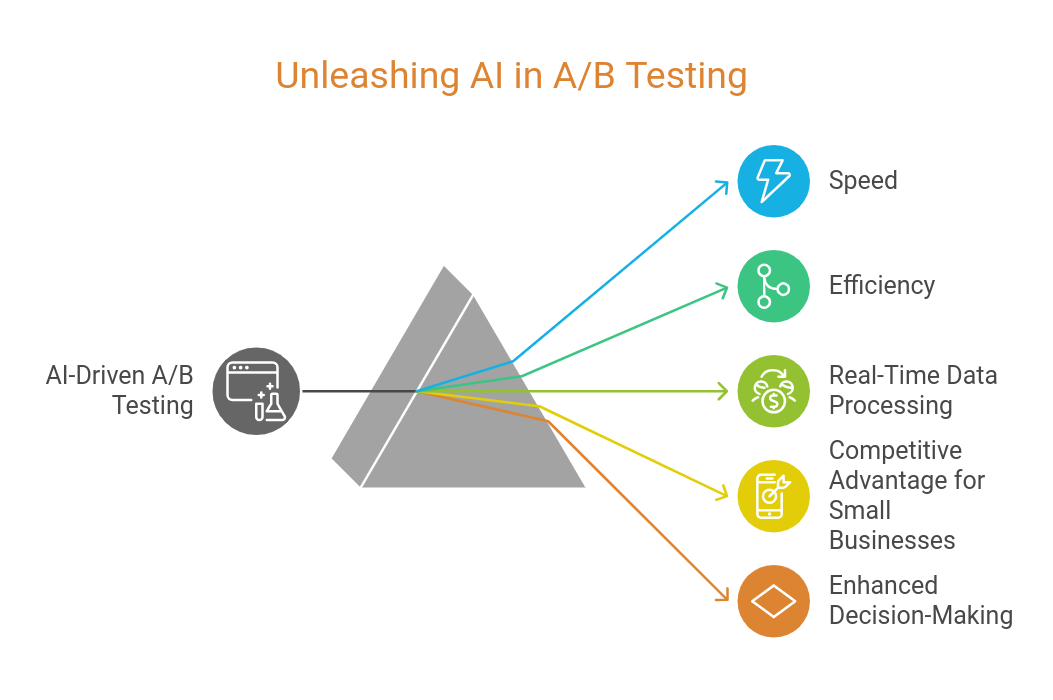Decoding Attribution Models: Building a Roadmap to Business Growth
In an era where marketing isn’t just an art but a finely tuned science driven by data, the ability to untangle the complexities of the customer journey has become mission-critical.
Success today doesn’t just come from catching a customer’s attention—it hinges on understanding the nuanced and often non-linear paths they take to convert. For businesses operating in a digital ecosystem, whether you’re a small-scale retailer or a fast-scaling SaaS provider, the ability to identify and attribute the impact of your marketing efforts is key to transforming insights into action.
The answer lies in **attribution models**, the foundational frameworks for tracking, analyzing, and crediting the influence of marketing efforts across your sales funnel. They are the compass guiding businesses toward resource optimization, better Return on Investment (ROI), and sustained growth. Yet, attribution models can be both daunting and misunderstood without a systematic approach.
This guide will walk you through what attribution models are, why they matter, and how to select the optimal framework to maximize both operational efficiency and revenue outcomes. Along the way, we’ll debunk myths, uncover actionable insights, and showcase why attribution is no longer a luxury in marketing—it’s an essential pillar of success.
The Purpose of Attribution Models: Illuminating the Marketing Funnel
Attribution models serve a singular purpose: to assign value across the various touchpoints a customer interacts with before making a purchase or conversion. These touchpoints could vary significantly—from a Google ad creating awareness to organic search fostering discovery to an email campaign that ultimately seals the deal. Each interaction tells part of the story, and the right attribution model allows you to quantify the influence of each touchpoint.
So why is mastering attribution critical? The marketing ecosystem is increasingly multifaceted. Without structured attribution, businesses fall into the traps of either over-crediting or under-crediting marketing activities. A campaign that appears to perform well might ultimately lack conversion-driving power, while indispensably important touchpoints go overlooked and underfunded. This imbalance creates a ripple effect, leading to suboptimal decision-making that stunts growth.
**“You can’t improve what you don’t measure correctly,”** says Avinash Kaushik, a leading expert in digital marketing analytics. **“Attribution bridges the gap between marketing strategy and the reality of customer behavior. Done well, it’s equal parts creative storytelling and data science.”**
Selecting the right attribution model allows businesses to optimize marketing spend with precision, increase sales efficiency through evidence-based strategies, and foster long-term profitability.
A Breakdown of Key Attribution Models: Frameworks for Driving Data-Driven Decisions
While the concept of attribution modeling seems straightforward, implementation requires consideration of various options, each uniquely suited to different objectives. Below, we explore the most effective attribution models, their unique characteristics, and when to apply each to achieve actionable insights.
Types of Attribution Models
1. First-Click Attribution: Spotlighting Introduction Points
The simplest attribution model, **First-Click Attribution**, allocates 100% of the conversion credit to the first interaction that introduces a customer to your brand.
– **Best Fit:** Brands heavily focused on customer acquisition, like new eCommerce ventures or businesses launching a fresh product line, will find this model highly applicable.
– **Example:** If a customer clicks on a Facebook ad and later converts via an email campaign, the Facebook ad gets full credit.
– **Strengths:** This model is excellent for gauging the effectiveness of top-of-funnel campaigns. If brand awareness is a core goal—especially in markets with high competition—First-Click Attribution highlights the channels driving exposure.
– **Weaknesses:** By ignoring subsequent interactions, this model risks undervaluing downstream activities that nurture and close high-value leads.
“First-touch attribution reminds us that discovery is a brand’s oxygen. Without it, we’d have no leads to nurture,” states Rand Fishkin, founder of SparkToro and renowned marketing strategist.
—
2. Last-Click Attribution: The Finish Line Focus
Conversely, **Last-Click Attribution** grants full credit to the final touchpoint that directly precedes conversion.
– **Best Fit:** Ideal for short purchase windows, transactional models, or when immediate ROI is prioritized over multi-touchpoint strategy evaluation.
– **Example:** If the same customer interacts with search ads and email campaigns but clicks an organic search result to convert, organic search gets full attribution.
– **Strengths:** Simple, clear, and effective for evaluating end-stage activities. This model is common because of its accessibility in many analytics tools (e.g., Google Analytics).
– **Weaknesses:** Overemphasizing the bottom-of-the-funnel touchpoints risks de-prioritizing channels responsible for attracting potential customers into the funnel in the first place.
“While simple metrics like last-click are serviceable initially, they quickly become obsolete in brands that seek sustainable growth,” confirms Larry Kim, CEO of Mobile Monkey.
—
3. Linear Attribution: Allocating Equal Weight Across Touchpoints
**Linear Attribution** offers a balanced perspective, assigning equal credit to every touchpoint in the engagement cycle—regardless of its sequence or proximity to conversion.
– **Best Fit:** Highly effective in campaigns involving multiple channels—particularly for businesses that aim to assess broad ecosystem cohesion rather than individual performance.
– **Example:** If a user clicks a Google Ad, visits through direct traffic, then converts via email, all three touchpoints earn equal credit.
– **Strengths:** Avoids tunnel-vision bias inherent in single-touch attribution models while surfacing the interplay across campaigns.
– **Weaknesses:** Lacks nuance, making it difficult to identify which channels were disproportionately impactful on the conversion.
—
4. Time-Decay Attribution: Weighted Influence by Recency
**Time-Decay Attribution** assigns more credit to touchpoints closer to the conversion. The underlying assumption is that recent activities had a stronger influence on conversion than earlier ones.
– **Best Fit:** Businesses with long sales cycles or multiple touchpoints that build trust over time (e.g., B2B SaaS or luxury purchases).
– **Example:** In a cycle with five touchpoints, 50% of credit might go to the final interaction, with the rest divided proportionally.
– **Strengths:** Encourages optimizing mid- to lower-funnel interactions while still valuing earlier activities.
– **Weaknesses:** Risks underestimating the importance of top-of-funnel touchpoints that plant critical seeds of awareness.
—
5. Position-Based (U-Shaped) Attribution: Milestones Matter
This model gives the lion’s share of credit (e.g., 40% each) to the first and final touchpoints, with the remaining percentage distributed among middle interactions.
– **Best Fit:** Ideal for businesses seeking to simultaneously optimize acquisition while fine-tuning closing techniques.
– **Example:** A customer introduced via a YouTube ad, nurtured with a blog, and converted via retargeting ads would see heavy credit for the YouTube ad and retargeting efforts.
– **Strengths:** Effectively balances top- and bottom-teams without ignoring mid-funnel contributors.
– **Weaknesses:** Middle activities, despite their crucial role in persuasion, can still become undervalued.
—
6. **Data-Driven Attribution: Powered by Analytics AI
The pinnacle of precision, **Data-Driven Attribution**, relies on machine learning to analyze historical data and determine the exact value each touchpoint contributes.
– **Best Fit:** Highly scalable organizations with advanced analytics capabilities across paid, owned, and earned channels.
– **Strengths:** Contextual, unbiased, and dynamic—this model uses real customer data instead of assumptions about influence.
– **Weaknesses:** Requires robust investment in technical infrastructure, continuous refinement, and high-quality input data.
Google’s own marketing team advocates for this approach whenever feasible, stating, **“Data-driven attribution eliminates guesswork in understanding channel efficacy, resulting in evidence-backed decisions.”**
—
Steps to Choose the Right Model
Selecting the optimal attribution framework requires careful deliberation of *three critical factors*:
### 1. **Define Your Objectives**
– Is your top priority **brand awareness**? First-click attribution is suitable.
– Seeking **funnel-wide visibility**? Multi-touch models like Linear Attribution or Position-Based Attribution shine.
– Does **accuracy and scalability** matter above all? Invest in Data-Driven Attribution.
Select an attribution model that aligns with your specific business goals and KPIs. For example, first-touch attribution may be suitable for brand awareness, while last-touch attribution might be better for immediate revenue generation.
—
### 2. **Analyze Your Customer Journey**
Short purchase cycles work well with singular-click models, while more complex interactions demand Time-Decay or Data-Driven approaches.
Different models are better suited for different stages of the sales funnel. Multi-touch models like U-shaped or W-shaped can provide a balanced view of both initial and closing engagements.
—
### 3. **Resource Alignment**
Smaller teams benefit from simple models like First- or Last-Click Attribution, whereas enterprise-scale businesses should aspire toward advanced data-driven methods integrated with tools like Google Attribution or HubSpot.
Best Practices
Implementing the right attribution model can significantly enhance your marketing strategy. Here are some best practices:
- Combine Models: Use multiple attribution models to get a comprehensive understanding of the customer journey. For instance, combining time decay with another model can provide a more holistic view.
- Data-Led Optimisation: Leverage statistical insights and data to make informed decisions rather than relying on guesswork.
- Consider Complexity: For complex sales cycles, especially in B2B or high-value sales, multi-touch models or data-driven models are more suitable to capture the multitude of touchpoints involved.
“Choosing the right attribution model is not just about understanding your customer journey, but also about aligning it with your business goals to drive success.” – Expert from Analytics Company
Conclusion: Attribution as a Strategic Tool for Growth
Attribution modeling is not about selecting a “perfect” framework. It’s an evolving strategy that adapts alongside your business goals, customer behavior, and operational capacity. Whether starting with First-Click Attribution or transitioning to machine-learning-backed approaches, the key is consistent analysis and refinement.
